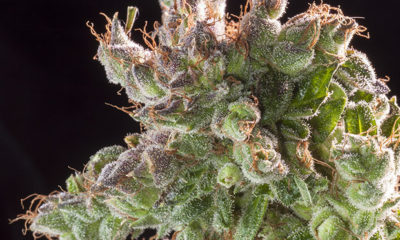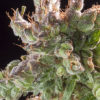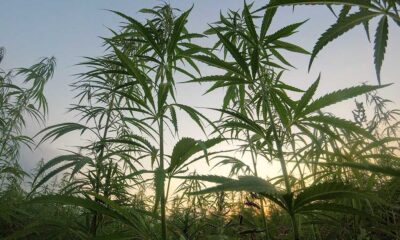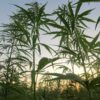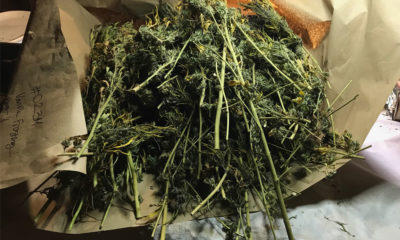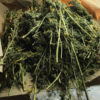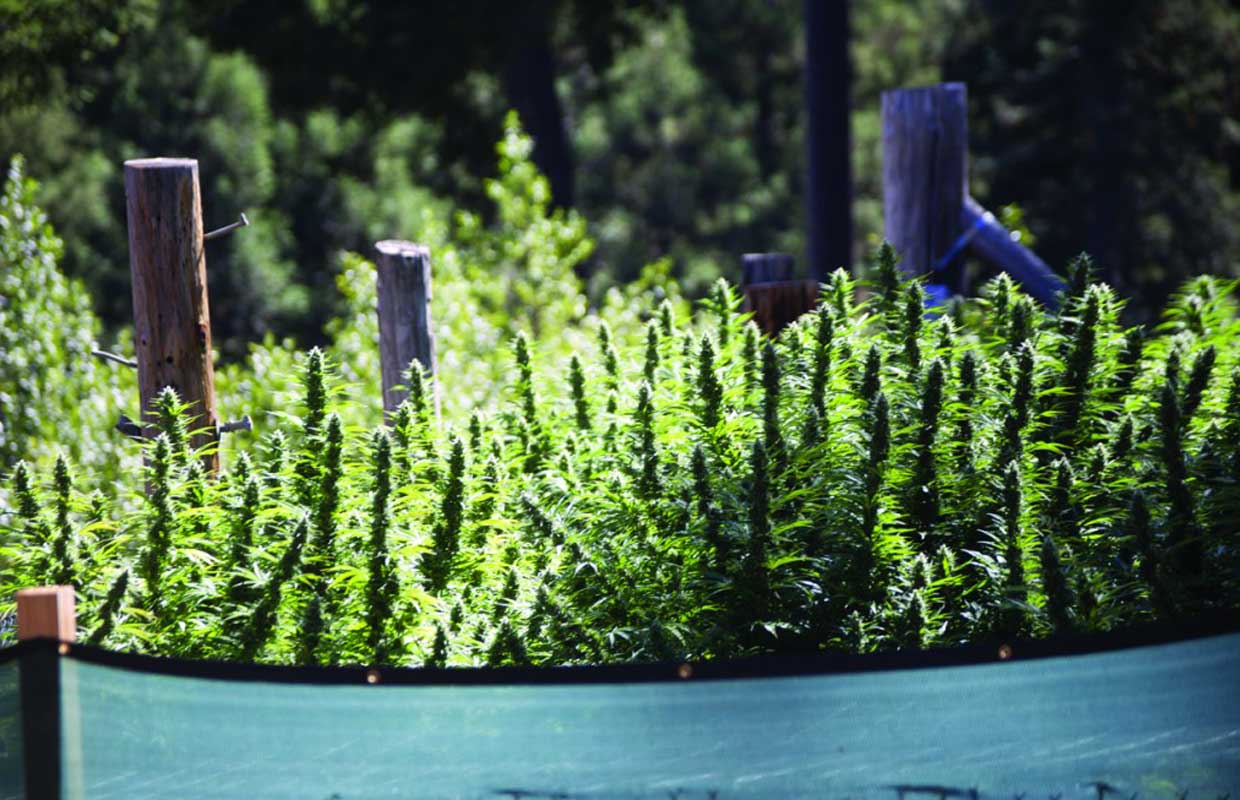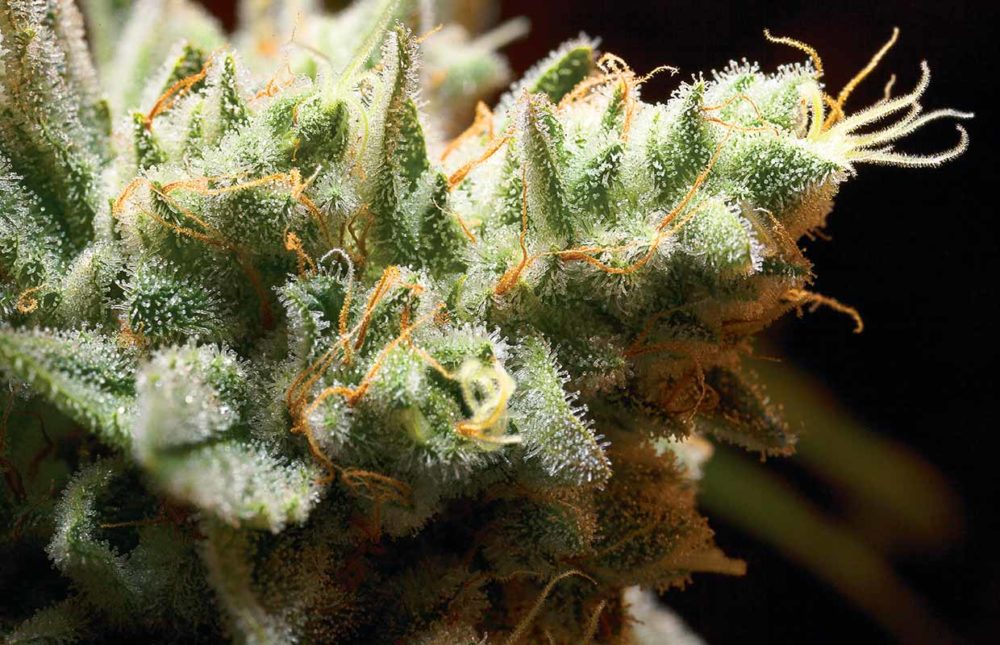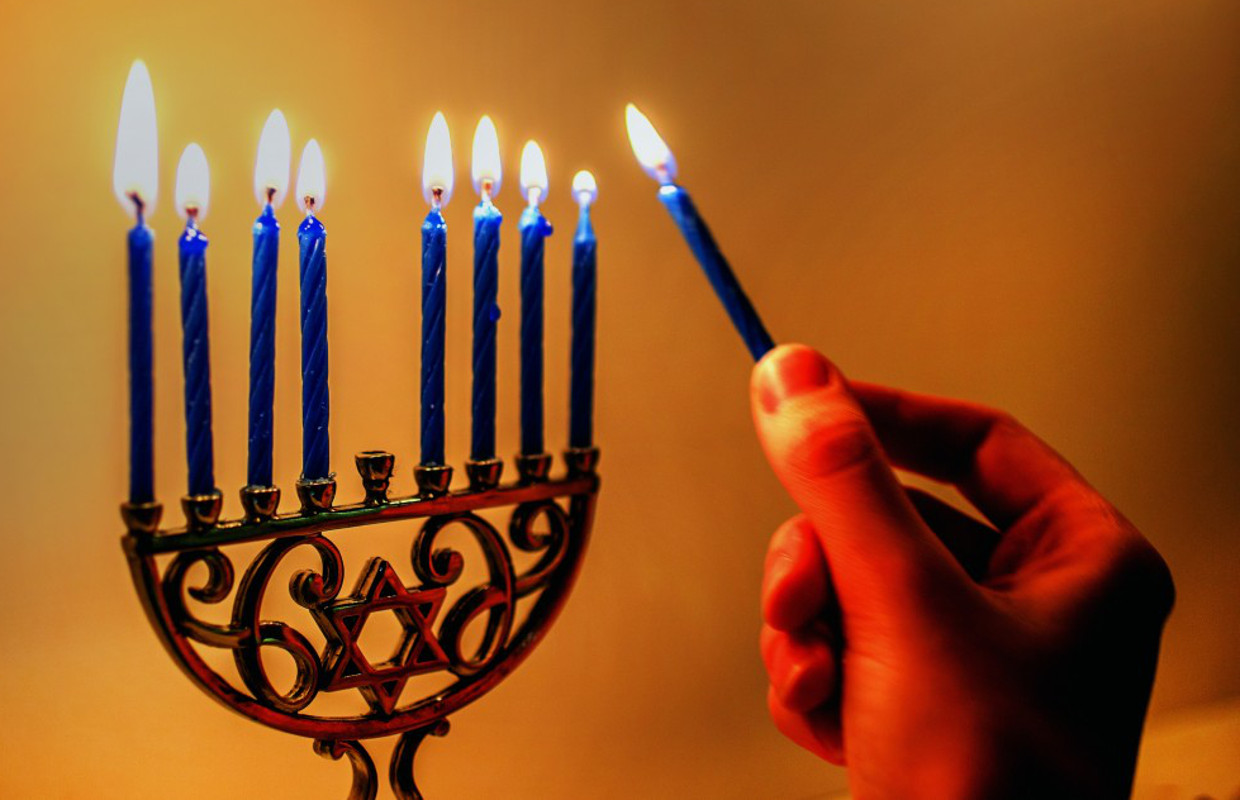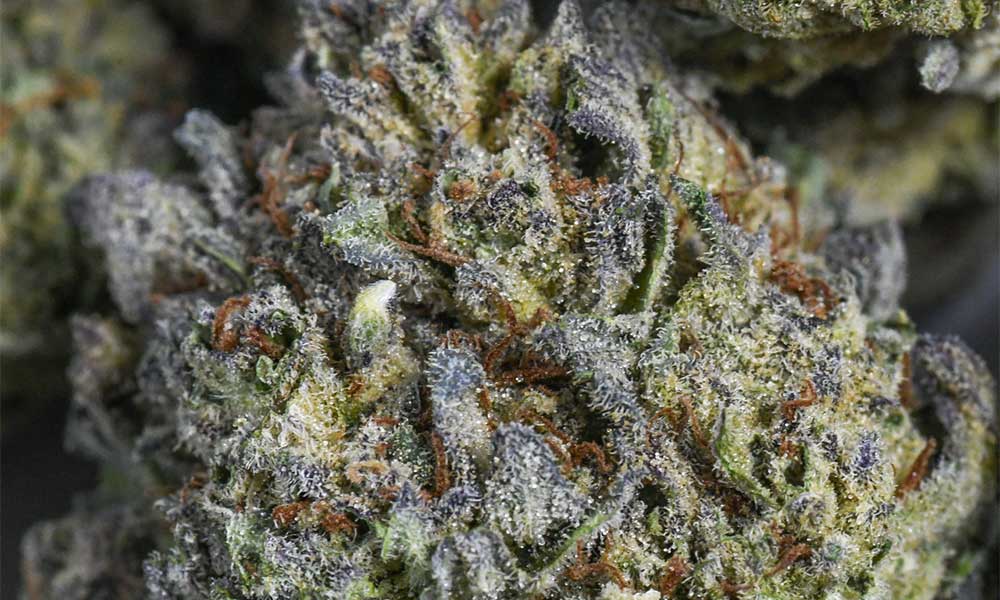
Cultivation
Vintage Cannabis: Explained
Some flower gets better and better with time. This vintage-quality cannabis continues to change post-harvest, revealing the true potential of its genetics.
In today’s California cannabis market, most dispensaries have a three-month shelf-life limit for flowers. That is three months from the packing date—not from harvest. The reason given is that customers don’t buy “out-of-date” weed.
Maybe the retailers are not storing the flowers under the proper conditions, or maybe the flower was bucked and trimmed or packed in a hot room. So, after three months in the store, the product has deteriorated to the point that it is no longer sellable. Perhaps the real reason is improper handling along the route of the supply chain. Maybe the retailer just wanted to move it off the shelf. Some buyers won’t even buy flowers more than four months after harvest.
Whatever! To my mind, cannabis flower isn’t really ready to smoke until four or five months post-harvest. And most of the OG growers I talk to in NorCal agree. Frenchy Cannoli would have agreed, too. We often talked excitedly about making hash from aged or vintage cannabis and how it had a different flavor and different effect.
Back in the Hippie days, we never got fresh green weed—even after it was dried and trimmed, it always took several months to get here from Mexico, Colombia or Thailand. By the time you bought your lid and smoked it, the pot had aged for many months. Granted, we had to separate the stems and seeds, but it was still great smoke to inspire or chill out, like the best Panama Red, Acapulco Gold, Santa Marta Gold or Thai sticks.
Fast forward to 2022 and we are drying our own cannabis flowers for two weeks to a month in our wooden timber frame barn. The barn is nestled under towering Doug fir trees which keep it in cool shadow all year long. The autumn air here in the Emerald Triangle tends to be dry, especially during drought years, and that helps maintain an ideal temperature and humidity inside the barn.
The normal two-to-four-week drying period is just the beginning of the sequence which leads to vintage cannabis. This all is a rather complex process, not yet fully understood.
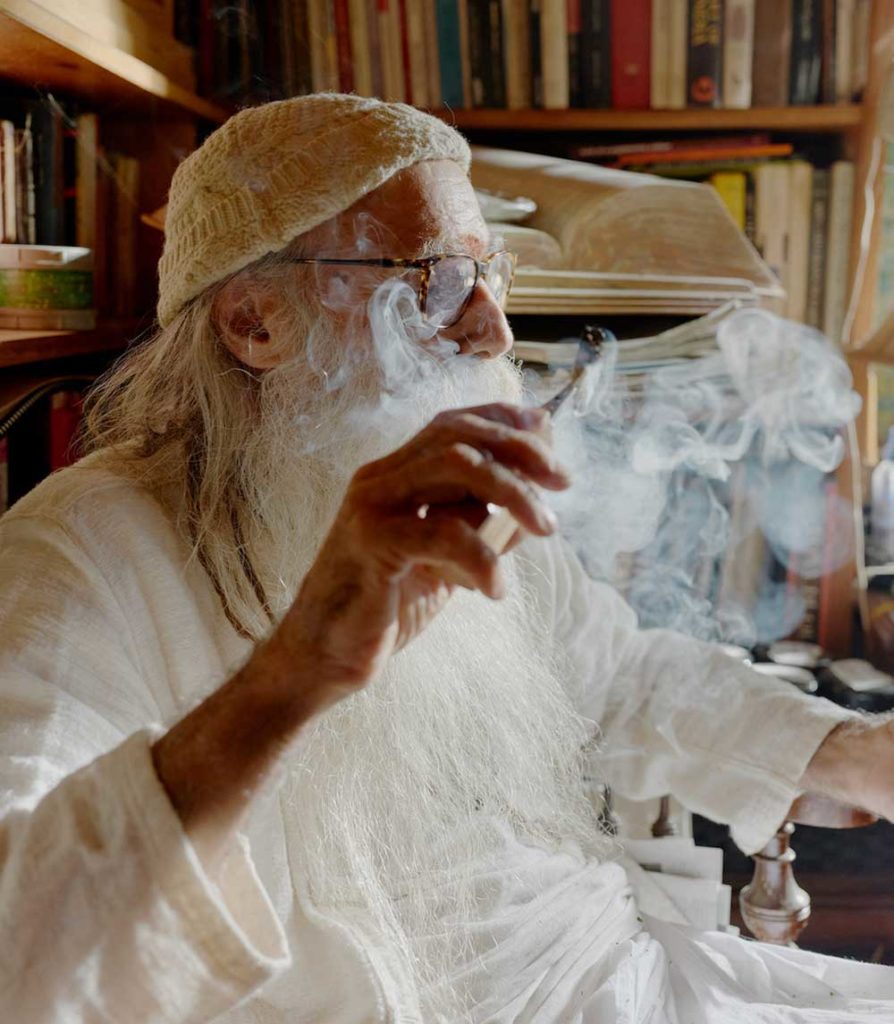
The Benefits of Well-Aged Cannabis
Fresh, dried flower will have definite spikes of pungent aromas, which can obscure the subtler layers underneath. The best small-batch craft cannabis is carefully slow-dried, aged slightly, and brought to a point of stabilization under proper climate control. The slow aging process broadens out the aroma profile, rounding off the spikes and allowing other subtler fragrances to appear. Under the proper conditions, this biologic stabilization process takes about four to five months from harvest and, in some cases, even longer.
For the next six months to a year, something mysterious and magical happens within the buds, such that the flower realizes the full breadth of its potential and reveals its true nature. The sacred herb has now become Vintage! Ready to bring its full benefits to those who consume her.
The flowers best suited to be aged for vintage cannabis are biologically—not chemically—grown in living soil, out under the sun, the way the Gods and our ancestors intended them to be. They must have been harvested at their peak, then dried, manicured, aged, packaged, shipped and stored in optimum, climate-controlled conditions.
If packaged in a proper container and stored under ideal conditions, the flowers can maintain full vintage quality for at least a year, if the jar is not opened.
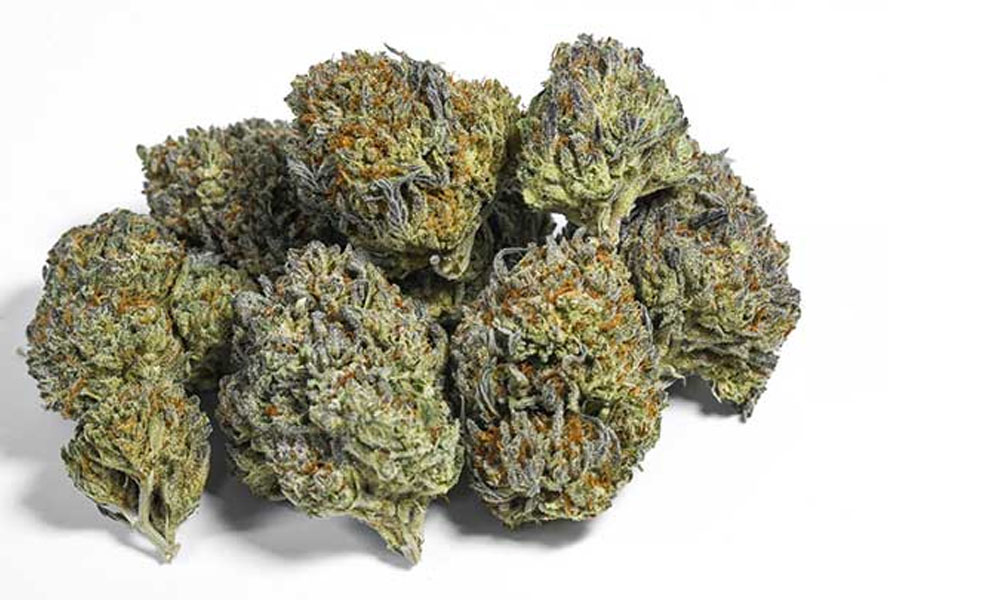
The Changing Compounds of Cannabis
How does this magic come about? and why does it take so long to create Vintage cannabis?
Mature cannabis flowers can produce as many as a thousand compounds. However, we focus on just a half dozen of the 150 cannabinoids possibly present in the flower, because those few are the most abundant, most potent and they are the only ones the testing labs report.
In the living plant, the main cannabinoid is the so called precursor CBGA molecule, which transforms into the other cannabinoids, such as CBD, presenting in the mature female after harvest. Technically, the harvested plant is dead, but it’s biologically active for some time, as there’s still a great deal of moisture in the leaves, stems and flowers, which causes many compounds to undergo changes.
One of these changes is from CBGA to THCA in the harvested flower, but THCA can also change to THC through age and light, as well as heat. In addition, as time increases from harvest, the amount of CBN is said to increase, which is usually thought to come about through the degradation of THC. More probable, however, is the slow change of many different cannabinoid molecules degrading in the direction of CBN.
Numerous volatile or aromatic compounds exist. Some are only produced by the living plant and begin to evaporate or fade as soon as the plant is cut. Most prominent are a half dozen terpenes out of a possible 50, which produce the loudest smells and are therefore the only ones being tested. Nevertheless, scientists have found numerous other volatile compounds in cannabis, which together create the “nose” of the flower.
In addition to terpenes, which account for perhaps 25% of the fragrance, there are other “aromatics” such as flavonoids, phenols, thiols, esters, ketones, benzaldehydes, alcohols and one of the more recent discoveries: volatile sulfur compounds. Sulfur compounds have been proposed as the volatiles that produce the gassy and skunk odors in cannabis.
As the moisture in the flower evaporates, many things happen. Some of the mono terpenes off gas, and others polymerize into longer chains and become bi-terpenes or sesqui-terpenes which do not volatilize as easily. The slow drying and aging aims to stabilize the changes in the terpenes. Many aromas can be preserved or sealed in by proper drying and stabilization of the harvested flower.
Another change taking place is the “oxidation” of the chlorophyll molecules, which break down through the opening of carbon links in the top of the ring allowing two molecules of oxygen to attach themselves. This a three-step process, taking some time, after which the chlorophyll no longer is said to “fluoresce,” meaning it no longer glows green. This is what happens to the fall leaves every year, and to cannabis after harvest.
The True Potential of Genetics
The point is that if it is known that chlorophyll, terpenes, and the main cannabinoids are slowly changing during and after drying, one must also assume that most of the other hundreds of compounds are also changing, especially the volatiles. As the residual moisture slowly decreases, this biological activity likewise decreases until the flower reaches a point of stabilization, three to five months after harvest.
Only at this stage have the flowers fully realized the potential of their genetics in response to their terroir. Only Vintage cannabis flower truly reveals and fulfills its destiny to serve, heal, entertain and inspire those who consume her.
So, choose some of your favorite most aromatic flowers, stash them away for a year in a dark glass container in a dark, cool place. Now your Vintage cannabis is finally ready to smoke.



